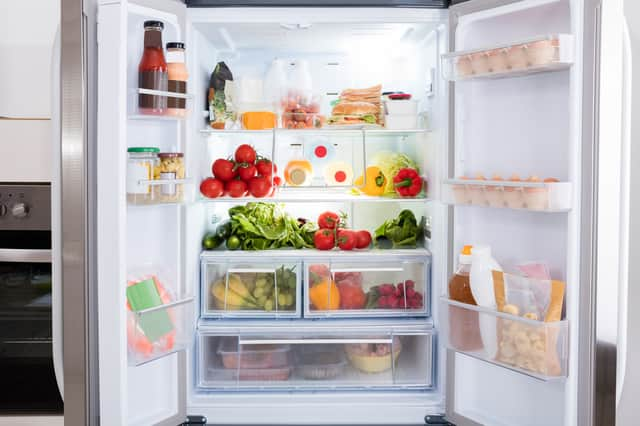Most fridges contain harmful bacteria: here’s how to avoid getting ill


An investigation conducted by Which? found that seven out of ten fridges contain harmful bacteria.
The worst cases from the investigation found high levels of bacteria that can cause a variety of illnesses and infections, including sepsis.
Advertisement
Hide AdAdvertisement
Hide AdWhat did the investigation find?
The investigators took five swabs from different locations in ten fridges. These were:
The report states: “You introduce new microbes into the fridge every time you unpack groceries, so we weren’t surprised to find that every fridge was teeming with bacteria.”
While many of the samples came back harmless, the investigation did unearth some concerning samples.
19 of the 50 samples showed the likes of Aeromonas bacteria, Enterobactera clocae and Klebsiella oxytoca, as well as others.
Advertisement
Hide AdAdvertisement
Hide Ad“These germs are linked with respiratory and urinary infections, especially for people with existing health problems or weakened immune systems,” the report said.
These bacteria can cause “food-borne illnesses and a range of infections, from skin conditions to sepsis” the report said.
It continued: “They’re likely to have come from unwashed vegetables, highlighting the importance of cleaning your fridge regularly.”
Failing to keep your fridge at the correct temperature, and not cleaning it frequently enough are two of the main reasons that harmful bacteria thrive.
Advertisement
Hide AdAdvertisement
Hide AdHow to keep my fridge safe?
According to the Food Standards Agency (FSA), a fridge should be kept between the temperatures of 0°C and 5°C.
“Chilling food properly helps stop harmful bacteria from growing,” the FSA explains.
The best way to check the temperature of your fridge is by using a fridge thermometer.
The FSA says: “This is because the dials on fridges don’t always show you the right temperature.”
Advertisement
Hide AdAdvertisement
Hide Ad“More than four in ten of the fridge freezers we’ve tested have a default or recommended setting that’s either inaccurate or unreliable,” Which? reported.
The coldest part of your fridge should register below 5°C.
How to best clean my fridge?
The Which? investigation put together a list of advice for effectively cleaning your fridge:
The FSA also recommends being aware of not overfilling your fridge.
Leaving some breathing space will allow the air to circulate more effectively and maintain a consistent temperature.
This article originally appeared on our sister site Edinburgh Evening News